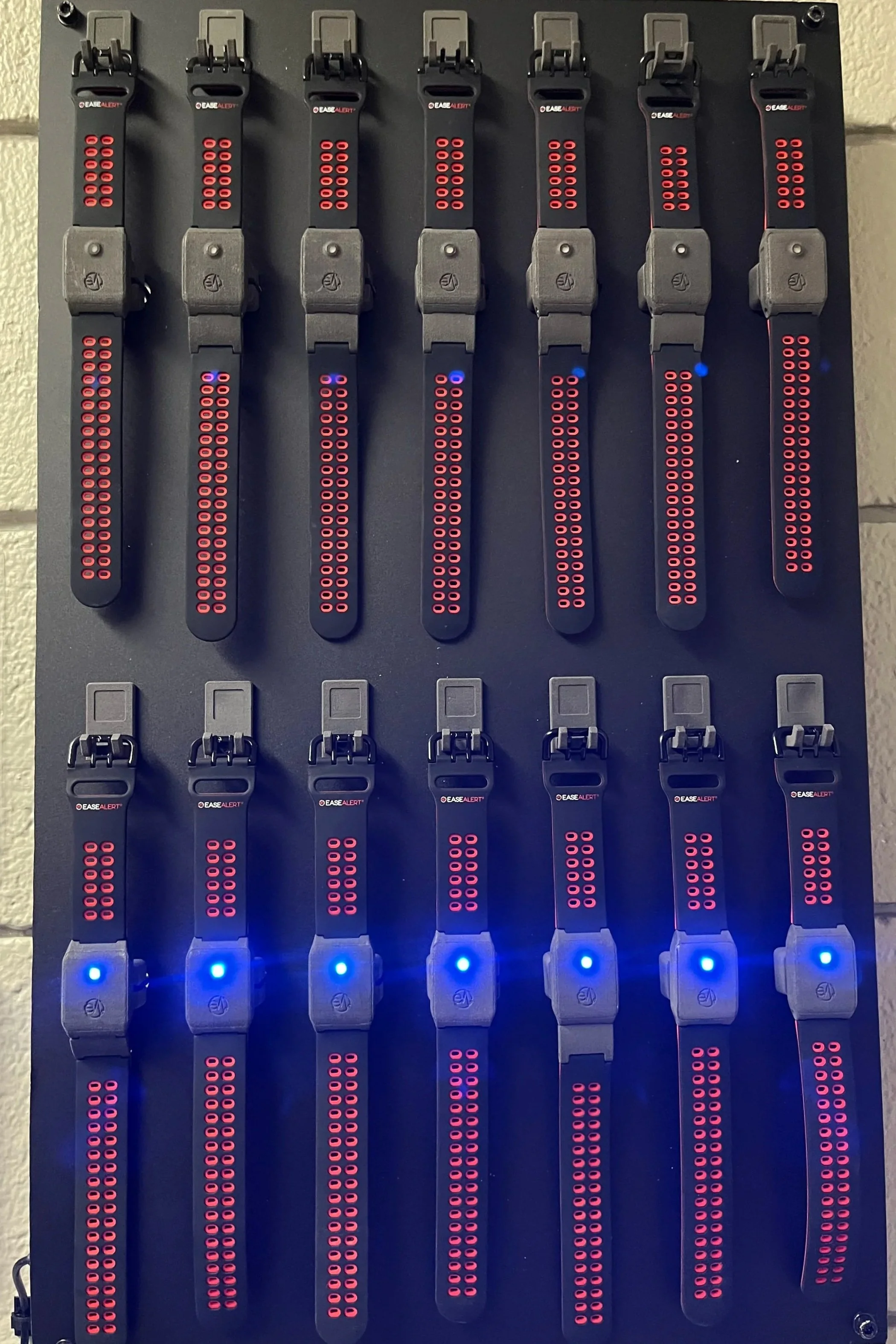Missouri Fire Department Participates in Clinical Trial to Improve Health and Performance for Responders
Station 3 at CJCFPD, one of the two stations at CJCFPD that participated in the NIH-funded clinical study.
Central Jackson County Fire Protection District (CJCFPD) in Blue Springs, MO, was one of two fire departments that participated in the pioneering clinical trial of EaseAlert, the world’s first tactile firefighter alerting system. Conducted at Station 1 and Station 3, this IRB-approved study, funded by the National Institutes of Health (NIH/NHLBI) through a Phase I SBIR awarded to EaseAlert, represents a significant advancement in firefighter health, operational efficiency, and community protection. Research was conducted by Center for Fire Rescue EMS Health Research (CFREHR / NDRI-USA), and Embry-Riddle Aeronautical University.
EaseAlert TacPods™ at CJCFPD
EaseAlert introduces a wireless tactile, visual and audible alerting system designed to reduce the downsides of audible alerting systems. By delivering targeted, silent notifications directly to the appropriate responders, EaseAlert eliminates unnecessary disturbances and reduces physiological stress. This innovative technology preserves critical sleep, enhances response clarity, and supports firefighter well-being, making it a tailored solution for the demands of modern fire service.
Addressing Critical Challenges in Firefighter Alerting
Traditional fire station alerting systems rely on audible alert tones that pose significant health and operational challenges. Firefighters are up to 14.1-times more likely to die from coronary heart disease during alarm responses than during non-emergency duties. 1 Furthermore, non-targeted alarms disrupt sleep, cause confusion, and delay responses, undermining both firefighter safety and the ability to protect the community effectively.
EaseAlert: Less Startling, More Effective Alerting
The trial yielded compelling results, confirming EaseAlert’s potential to redefine firehouse operations. Key outcomes include:
Less Startling: 95% Agreed or Strongly Agreed that EaseAlert is less startling than the audible alerting system they used.
Improved Health Ratings: compared to the legacy alerting system, responders rated EaseAlert 169%
By replacing jarring audible alarms with gentle vibrations, EaseAlert mitigates stress-related health risks, including cardiovascular disease, cancer, and sleep disorders, fostering a healthier workforce.
Improved Response Capabilities: 90% Agreed or Strongly Agreed that EaseAlert improves response capabilities
By reducing the startle response and the cognitive fog that comes with that, EaseAlert makes it easier to wake up to a call, comprehend dispatch information, and begin a response.
A Commitment to Innovation and Excellence
The success of this clinical trial underscores CJCFPD’s leadership in adopting innovative solutions to prioritize firefighter well-being and operational excellence. With plans to expand EaseAlert across the district, CJCFPD is setting a new benchmark for alerting systems nationwide. This initiative reflects a broader commitment to combatting the stress-related health risks faced by firefighters, while enhancing the district’s capacity to serve the community.
For additional information, to request a demonstration, or to explore partnership opportunities, visit EaseAlert.com.
REFERENCES
1. Kales, S. N., et al. (2007). Emergency Duties and Deaths from Heart Disease among Firefighters. New England Journal of Medicine, 356(12), 1207–1215.




